Disclaimer: This page contains advertisements and/or affiliate links. We receive compensation from clicks and/or purchases made through these links. Though we may not have tested the specific product(s) mentioned, we do our best to recommend products that are beneficial to our visitors.
Why Is My Coral Dying - Figuring Out Reef Tank Problems
Last updated on July 12th, 2024

Why Did My Coral Die?
I've been spending a reasonable amount of time on Reef2Reef lately. There have been a fairly high number of posts asking for ideas about why a coral died. While I understand the concern and reason for the question, I find that most of the time people don't like the answer, don't provide enough info, or sadly, don't have enough info to try to get to the answer. So I am going to share my process for figuring out why my coral is stressed or dying, and how I would try to resolve any issues.

Types of Problems - RTN, STN, BJD, Stress, and more…
Before we dig too deep, we should look at a few types of problems that we are going to diagnose.
Bleaching
Coral bleaching is when to zooxanthaly leave the coral, leaving the coral clear or white. This is not to be confused with STN and RTN that occurs in acros. Coral bleaching can happen in most coral types, and is somewhat common.

Typically when coral bleaching occurs, it is tied to too much light. It is also possible to be due to other stressors such as temperature, parameter swings, etc.
Slow Tissue Necrosis and Rapid Tissue Necrosis (STN and RTN)
STN and RTN are when the skin of SPS coral peels off. Both Tissue Necrosis are due to protozoans infecting SPS coral. While not always the case, RTN and STN typically occur after a stress event.

Rapid Tissue Necrosis typically cause the skin to blow off withing hours or a couple days. Sadly, there is very little that can be done to save the coral. Slow Tissue Necrosis is the same as RTN, but can take days or weeks to kill the coral. The only real way to treat Tissue Necrosis is to try to frag uninfected areas and treat with iodine or other gentle dips.
Brown Jelly Disease (BJD)
Brown Jelly Disease is where the polyp of an LPS coral, usually Hammers, Torches, or Spawns, gets infected with a bacteria and causes the head to be coated in a brown jelly. Like most other problems, this is typically kicked off by a stress event, but that isn't required.

While some people have had success treating BJD with the KFC Dip (Kung Fu Corals Dip), I have found that it is not likely to work, but possible! Typically if a head of coral has BJD, we can assume that head will not survive, but we can try to bring it back!
First, be careful not to let the jelly spread! If you disturb the jelly, the bacteria can spread to other coral. I use a siphon and remove the jelly that way. You may lose some of the coral polyp as well. Remember, we have to assume this polyp won't survive and save as much as possible.
After siphoning the brown jelly, remove the coral and we will use a gryphon diamond blade band saw to remove any infected polyps. Place the healthy polyps in one container of saltwater, and the infected ones in another. Now you will want to do the KFC Dip for BOTH containers. But keep them separated to prevent further infection.
After the dip, you will want to keep the infected coral in a quarantine tank, running a cipro or other anti-bacterial treatment. The healthy polyps can be placed back in the tank, though I typically quarantine those as well as a precaution. The rest, time will tell.
Stress Events
Now that we know some of the common diseases, let's look at some stress events. Coral that are dying aren't always infected with anything. They can just be under a great deal of stress, or the wrong environment. This is the checklist of things I look at when a coral seems to be dying, or not growing ideally.
Back to the Basics
Most of the time, when coral is stressed, or starting to die, it's actually not some complicated event. Typically, stress is caused by something simple, or bad calibration. Here is the list, in order, that I usually go through. You may want to check all of them though, just to be safe.
Disclaimer - Getting Ahead of Excuses
I am going to list specific numbers and why I believe these are the best. I know I will hear comments like "But the ocean can be as high as 90 degrees", or "that value sways in the ocean", or more popular "but the acceptable range is...". I get it. But some things to remember... Your reef is not the ocean. Some coral live in certain environments, and others in different environments. You're trying to maintain an environment that works best for everything.
Another thing to remember is how ocean reefs are dying, mostly due to declining pH, rising temperature, and a variety of other natural and unnatural causes. So maybe we look at what's working, and ignore what isn't.
Now, this list isn't all-inclusive or all-knowing. You may be keeping a tank like seahorses that like colder water, and have coral specific to that environment. If you are doing something specific, and you know what you're doing, keep doing it. There are specifics in different types of coral and environments. I am not going through those so if you know what you're doing in some specifics, use the rest as a guide and do what you know best!
Finally, at the risk of sounding cocky, if you're reading this, there is likely a reason. Which means, you may be wrong. Have an open mind and look into these things to help save your coral.
Temperature
Temperature stability and the temperature itself are really important and a number one cause of stress for coral. I'm convinced that this is the most likely cause for coral stress in reef tanks.
What Temperature is the Reef Tank?
Right off the bat, what is your temperature? If the windows are open, change of seasons, etc. you may find that the temperature in your reef tank changed. I target about 78 degrees for my reef tank, though others may run warmer or cooler. I will note, running any warmer than about 78 puts you on the edge where coral are more likely to be stressed. So you should be no higher than 78 degrees in my experience.
How are You Measuring Temperature and is it Calibrated?
Most of the time we use a digital thermometer to check the temperature in our reef tanks. However, these need to be calibrated, and likely re-calibrated every 6 months. But if you can't trust them, what can you trust? The honest answer is an old-fashioned mercury thermometer. You don't need to use this all the time, but use it to calibrate the digital thermometers on occasion.
Is the Temperature Stable?
This one is tough. If you have an aquarium controller like the Neptune Apex or CoralVue Hydros, then it will track temperature and you can make sure the reef tank has been within about 1 degree. If you don't have a controller though, your answer is either no because you saw the temperature get too high or low, or you have to say "maybe". Sadly this is because you really don't know without a controller.
Salinity
Typically less common, but I've had this one go wrong too, is salinity.
What Salinity is the Reef Tank?
You want to keep the salinity at about 35ppt, or 1.025 specific gravity. You really don't want to deviate much from this. if you get a little off, like 34 or 36ppt, it is likely not the problem, but should be fixed.
How are You Measuring Salinity and is it Calibrated?
Unlike most parameters, I'm just going to start by saying Reef Tank Controllers are practically useless for salinity measurement. Some higher quality probes, used alongside separate containers like the Hydros IV may help provide some guidance, but it is not the holy grail that it seems to be.
Some of the only trusted ways to check salinity are the basic bobber-style salinity hydrometer and refractometers. Ironically though, hydrometers are not very accurate because the way they are constructed leads it open to too many problems.
While hydrometer don't need calibration, they do need to be in a separate container or graduated cylinder. This is because any water flow, even fish swimming, can make the hydrometer move. Refractomenters MUST be calibrated with 35ppt calibration fluid on EVERY use. Calibrating with RO water doesn't work well and leads to bad readings. The temperature of the calibration fluid needs to match the tank water as well. This can be done by floating the fluid's container in a container of tank water. Though small temperature differences will not lead to big enough swings in the reading to cause any real problems.
Is the Salinity Stable?
Honestly, for stability, you probably know. It should only drop if you top off the tank, and should only raise when evaporation happens. If you use an ATO, the only way this likely is a problem is if there is a leak. In which case the salinity will be low. The other way this can shift is if you do a water change with the wrong salinity of water. Again though, this is easy to identify.
Chemistry Check
Alkalinity
Alkalinity is the total available carbonate/bicarbonate ions available for the coral. It is also the buffer against change in pH in your reef tank. When people talk about dosing their reef tank, this is the first thing that comes to mind. If you are dosing, and the parameters above are not suspect, this is the most common cultrate afterward.
What Should Alkalinity be in the Reef Tank?
The commonly acceptable range for alkalinity is between 8dKh and 12dKh. If you are below 8dKh, or worse, above 12dKh, you need to slowly correct the alkalinity. Increasing alkalinity is easily done by adding a buffer such as soda ash or kalkwasser. Lowering alkalinity is achieved by either stopping dosing, or water changes. When adjusting alkalinity, do not change more than 1dKh per day, or 0.5dKh per 12 hours. Fast changes can cause stress in coral.
How are You Measuring Alkalinity and is it Calibrated?
Yep, here we are again. What test can you trust? While I love the Hanna Checkers and automated testing units, they need to be calibrated every 2-6 months... Now let's all be honest, when did you last calibrate your alkalinity test? The best way to verify/calibrate your alkalinity is a manual color test. Typically the best ones are the Red Sea or the Salifert.
Is the Alkalinity Stable?
Much like temperature, this one is tough unless you have an aquarium controller with automated testing. Swings in alkalinity don't tend to happen as fast as temperature though, so measuring at the same time every day, or better twice, 12 hours apart, would give you a great idea on stability. If you haven't been doing this already, then again, we will have to call this a maybe.
Other Parameters to Check
By now, I think you have the general idea of checking that the parameter is in range, stable, and that what you're testing with is calibrated. When in doubt, the best testing mechanism is old-school testing with Red Sea or Salifert tests. Here is the quick checklist of other parameters to check:
- Calcium
- Range: 380ppm - 450ppm
- Max Change: 30ppm/day
- Magnesium
- Range: 1250ppm - 1450ppm
- Max Change: 100ppm/day
- Potassium
- Range: 380ppm - 420ppm
- Max Change: 20ppm/day
You may also want to check Nitrate and Phosphate, however I typically find these affect coloration and growth of coral, but don't tend to cause coral die-off. However, bottomed out (0) values, or VERY high values (phosphate over 1.0ppm or nitrate over 100ppm) could cause coral stress.
Environment
Typically I assume the coral environment is okay, but if the above checks all pass, then the environment is next in line.
Light
Typically, the problem with light is too much. The only way to really know though is to rent or buy a PAR meter. Companies like Bulk Reef Supply will rent you a meter, but check with a local Reef Tank Club first, typically someone in the club will have one you can borrow. While acros like somewhere from 150PAR to 500PAR, most other coral fall between 50PAR and 150PAR. You will need to look at the specifics for that coral. And don't worry about the color of your light. If the PAR is correct, you're good!
Flow
Again, specific to each coral, and not measurable in the reef tank. But you can typically see if a coral is irritated or not. And keep in mind, no coral likes direct flow. It needs to be a little way away, diffused, or bounced off the sides of the tank or rock.
ICP Test for Pollutants
Finally, if everything seems to check out, it's time for an ICP test. This will help you find anything that is low or high that you may need to handle. This is how you can find out if there is something like a copper pipe dripping into the tank by seeing elevated copper levels. Another common one is elevated iron from something like a screw falling in the sump.
Conclusion
While there is no guaranteed method of finding why a coral may have died, this is the list of what I do to try to find out what may be wrong. Sometimes, the honest answer is simply stress or infection and there is nothing you can do. But hopefully this list gives you a strong starting point to work with!

About the Author
John Krenzer

John is a Software Engineer with a passion for saltwater aquariums, as well as the founder and president of Reef Stable. He started in the aquarium hobby as a child with a 20 gallon freshwater aquarium. His interest in aquarium life grew and in 2008, John set up his first saltwater aquarium.
Today, John maintains an over 300 gallon reef tank system, consisting of a 120g reef and a 210g reef. These large tanks are contained within the same system, sharing a sump as a means to reduce total maintenance and increase total water volume.
John writes articles for the blog as a means to learn about more reef aquarium topics. These articles act as a reference for the readers as well as himself. John updates these articles frequently to provide additional information or make corrections as new information becomes available.
If you would like to request an article, tank tour article, or to collaborate, let me know via the


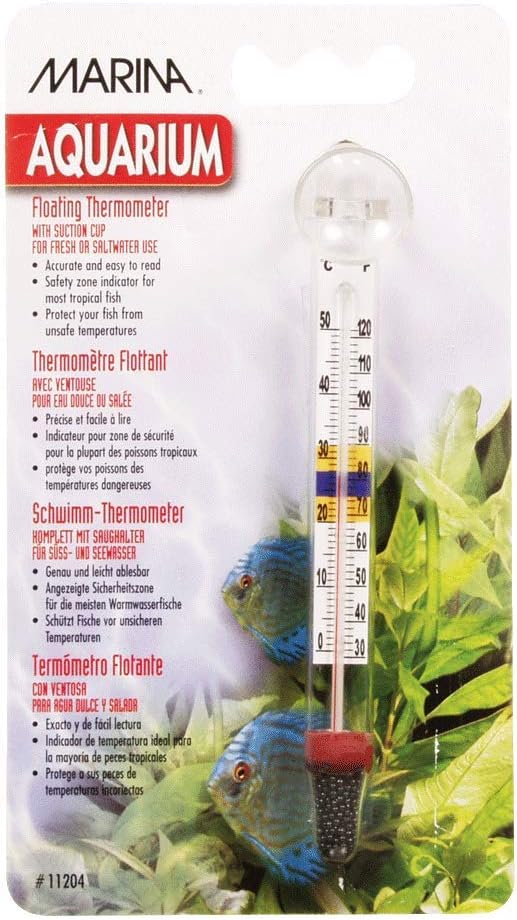

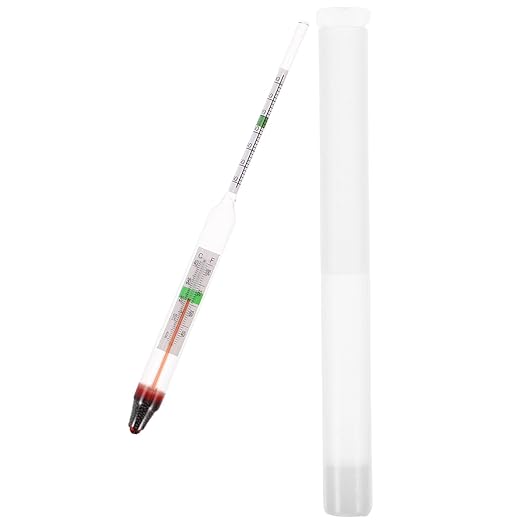
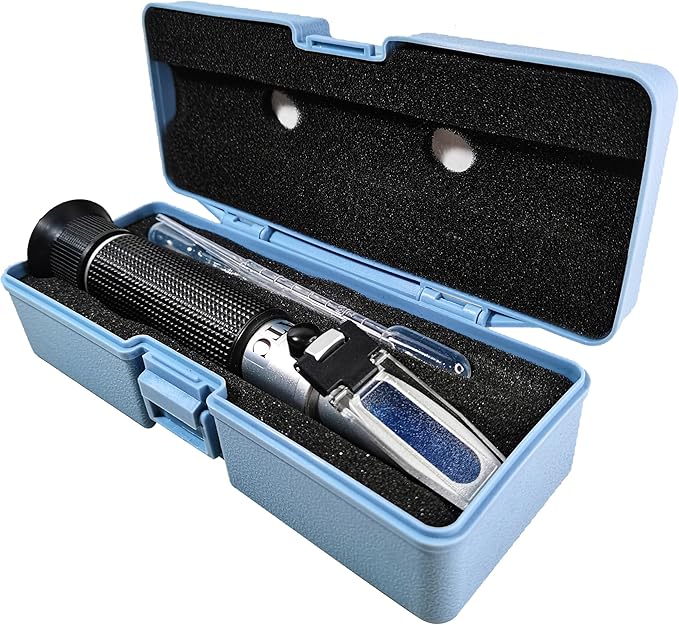

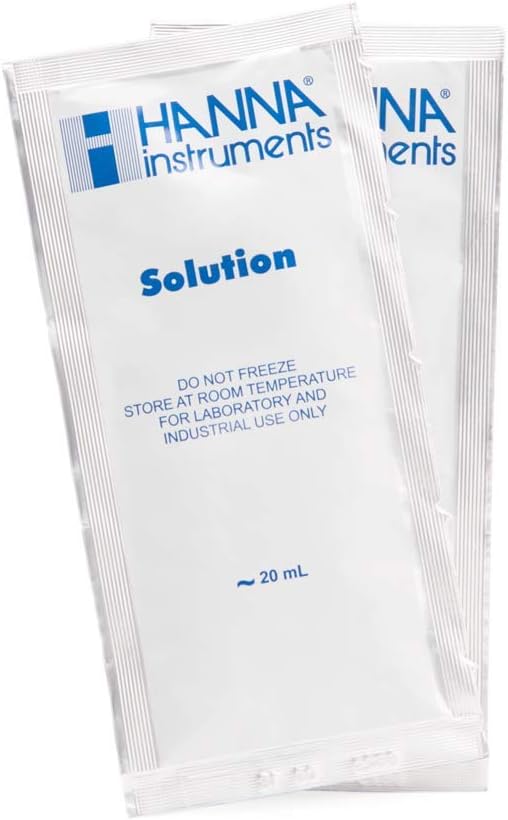
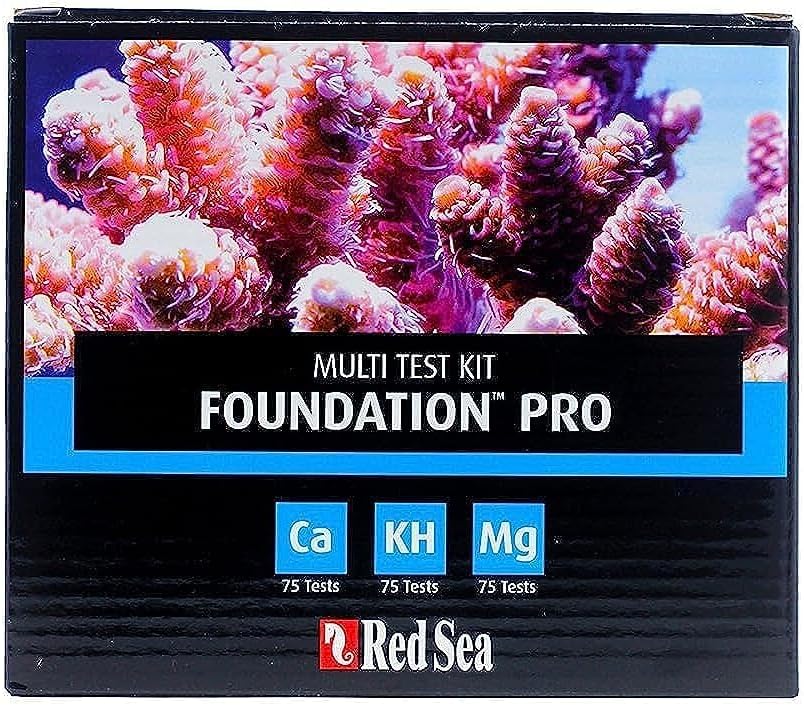




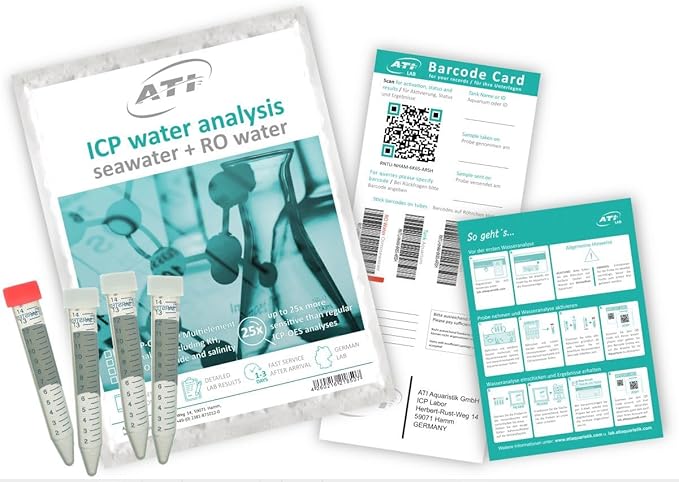

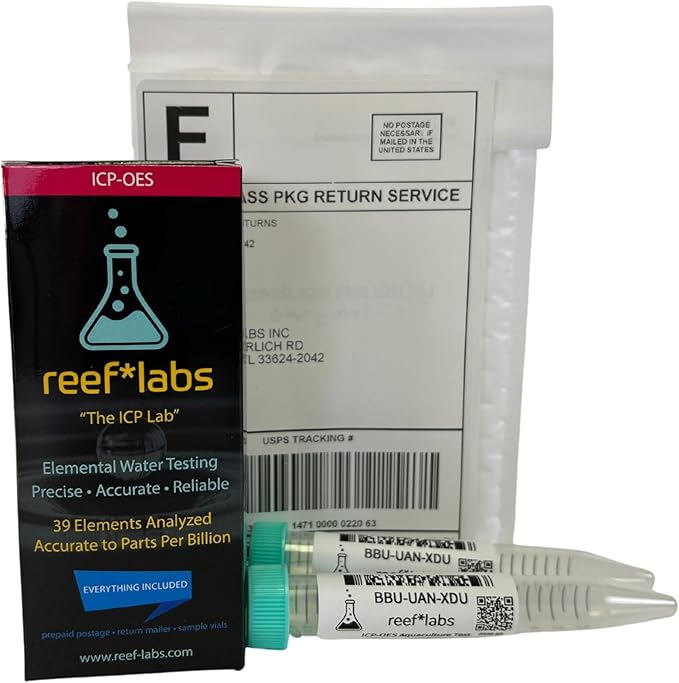




Social Media